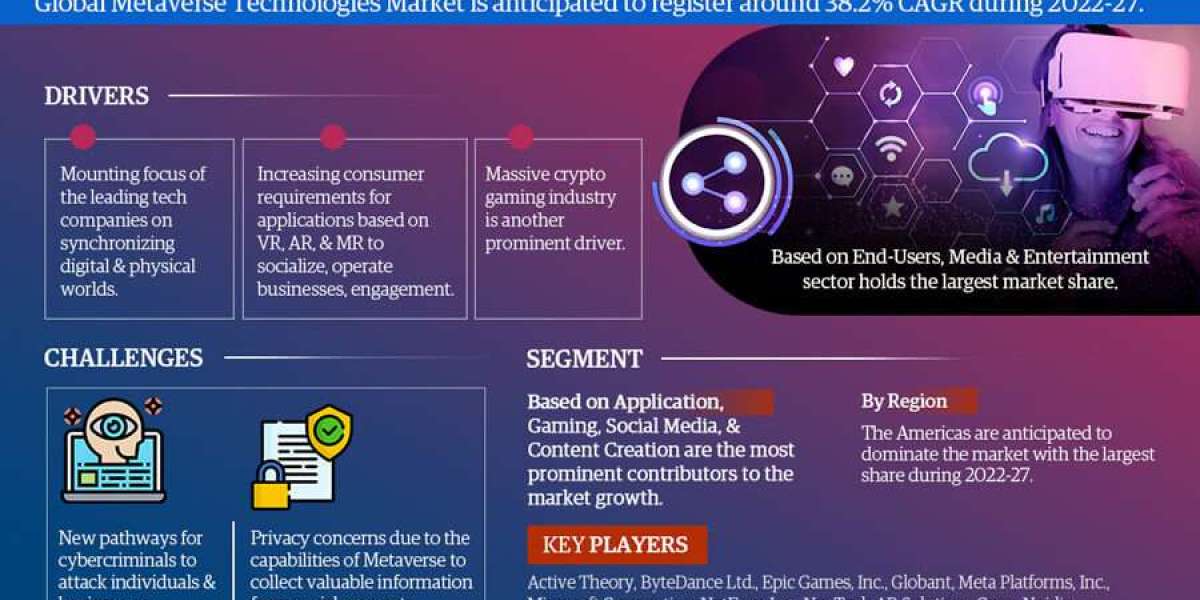Understanding Vertebral Compression Fractures (VCFs)
A vertebral compression fracture (VCF) occurs when one or more vertebrae (the bones of the spine) collapse, leading to a reduction in height and often causing severe back pain, deformity (kyphosis or "dowager's hump"), and neurological symptoms. The most common cause of VCFs is osteoporosis, a condition that weakens bones, making them brittle and susceptible to fracture even from minor stress. Other causes include trauma, metastatic cancer, and multiple myeloma. With a rapidly aging global population, the incidence of osteoporosis and, consequently, VCFs is on the rise, creating a substantial demand for effective treatment options. This critical need is a primary driver behind the robust growth of the Vertebral Compression Fracture Device Market.
Device Types and Surgical Approaches
The Vertebral Compression Fracture Device Market primarily focuses on devices used in minimally invasive surgical procedures to stabilize fractured vertebrae, alleviate pain, and restore vertebral height. These procedures are generally preferred over traditional open surgery due to their lower risk, shorter hospital stays, and faster recovery times.
The main product types in this market include:
- Balloon Kyphoplasty Devices: This segment holds the largest revenue share. In this procedure, a balloon is inserted into the fractured vertebra and inflated to create a cavity and restore vertebral height. The balloon is then deflated and removed, and the created cavity is filled with bone cement (polymethyl methacrylate - PMMA). Balloon kyphoplasty is often preferred for its ability to restore vertebral height and reduce kyphotic deformity.
- Vertebroplasty Devices: In vertebroplasty, bone cement is directly injected into the fractured vertebra without prior balloon inflation. While simpler, it typically offers less height restoration compared to kyphoplasty. Devices for vertebroplasty include specialized needles and cement delivery systems.
Both procedures are performed using minimally invasive techniques, often under fluoroscopic guidance to ensure precise cement delivery. The choice between kyphoplasty and vertebroplasty depends on factors such as the fracture's age, severity, and the patient's overall health.
Key Drivers of Market Growth
The Vertebral Compression Fracture Device Market was valued at USD 1.2 billion in 2023 and is projected to reach over USD 2.3 billion by 2032, growing at a CAGR of 7.8%. Key drivers include:
- Increasing Prevalence of Osteoporosis: The most significant factor driving the market is the surging global incidence of osteoporosis, especially among the aging population. As bone density decreases, the risk of VCFs significantly increases.
- Growing Geriatric Population: The exponential growth of the elderly population worldwide directly translates to a higher number of individuals susceptible to VCFs.
- Technological Advancements: Continuous innovations in VCF devices, including improved balloon designs, more precise cement delivery systems, and advanced imaging guidance techniques, are enhancing the safety and efficacy of these procedures. The integration of artificial intelligence (AI) in pre-operative planning and procedural precision is also emerging as a driver.
- Rising Awareness: Increased awareness among patients and healthcare professionals about VCFs and the benefits of minimally invasive interventions is leading to earlier diagnosis and treatment.
- Demand for Minimally Invasive Surgeries: Patients and healthcare providers increasingly prefer minimally invasive spinal procedures due to their benefits of shorter hospital stays, reduced post-operative pain, faster recovery, and cost-effectiveness.
- Favorable Reimbursement Policies: Growing coverage by private insurance companies and government programs like Medicare for VCF device procedures makes them more financially accessible to patients, particularly in regions like North America (which holds the largest market share).
Hospitals are the leading end-users of these devices, providing comprehensive care for VCF patients.
Challenges and Future Outlook
Despite the strong growth, the Vertebral Compression Fracture Device Market faces certain challenges. The potential for cement leakage, although rare with advanced techniques, remains a concern. The high cost of advanced devices and procedures can be a barrier in resource-limited settings. Additionally, the availability of skilled orthopedic and neurosurgeons trained in these specialized procedures is crucial.
The future of the Vertebral Compression Fracture Device Market is promising, with ongoing research and development focused on:
- Novel Cement Formulations: Development of new bone cements with improved biomechanical properties and reduced leakage risk.
- Smart Devices: Integration of sensors for real-time monitoring during the procedure, enhancing precision and safety.
- Patient-Specific Solutions: Using advanced imaging and 3D printing to create customized devices or surgical plans for complex VCFs.
- Biological Augmentation: Combining mechanical stabilization with biological approaches to promote bone healing and regeneration.
As the global population continues to age and the burden of osteoporosis-related fractures grows, the vertebral compression fracture device market will remain a vital and innovative sector, dedicated to alleviating pain and restoring mobility for millions of patients worldwide.
Explore our latest reports
? Stay ahead in the healthcare industry. Browse our latest insights now!
About Market Research Future (MRFR)
Market Research Future (MRFR) is a global market research firm that provides comprehensive insights into market trends, drivers, challenges, and opportunities. We offer a broad range of market intelligence reports and consulting services to help businesses and enterprises in various industries make informed decisions
Media Contact:
Market Research Future (MRFR)
Phone: +1-646-845-9312
Email: contact@marketresearchfuture.com
Website: marketresearchfuture













